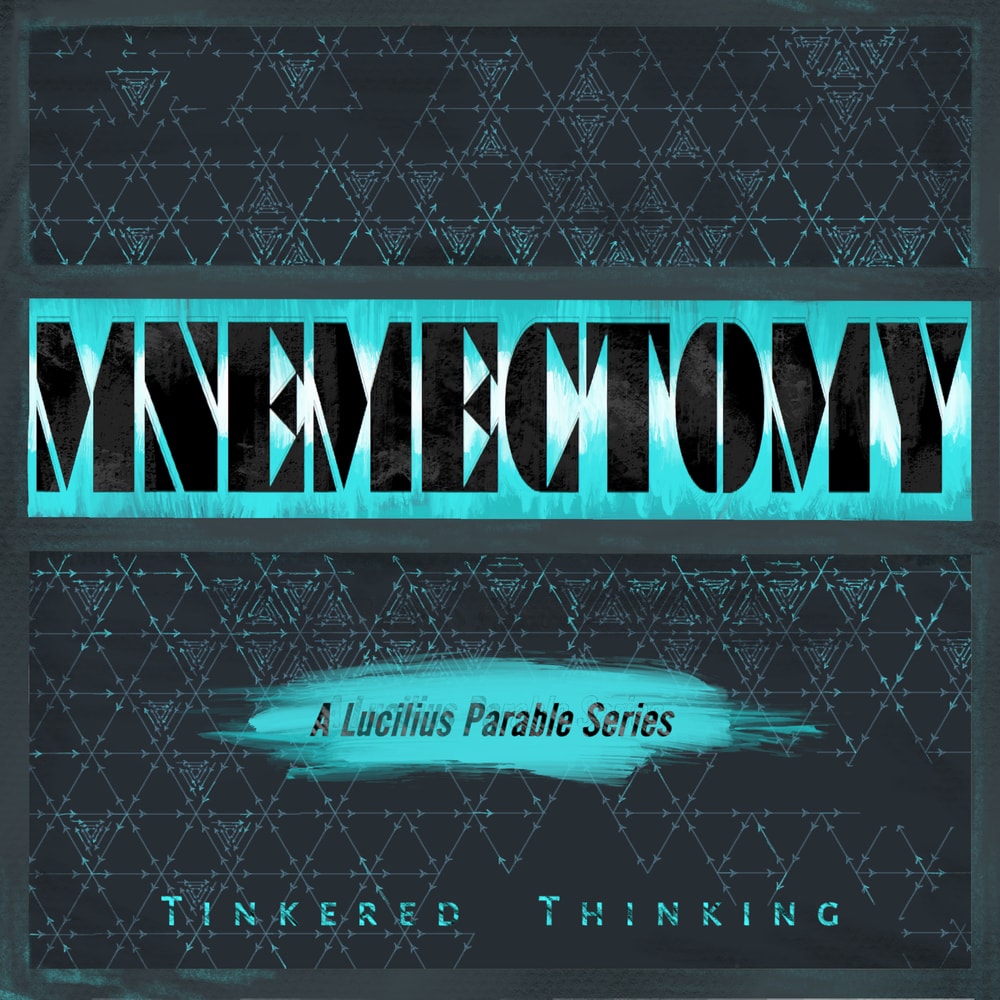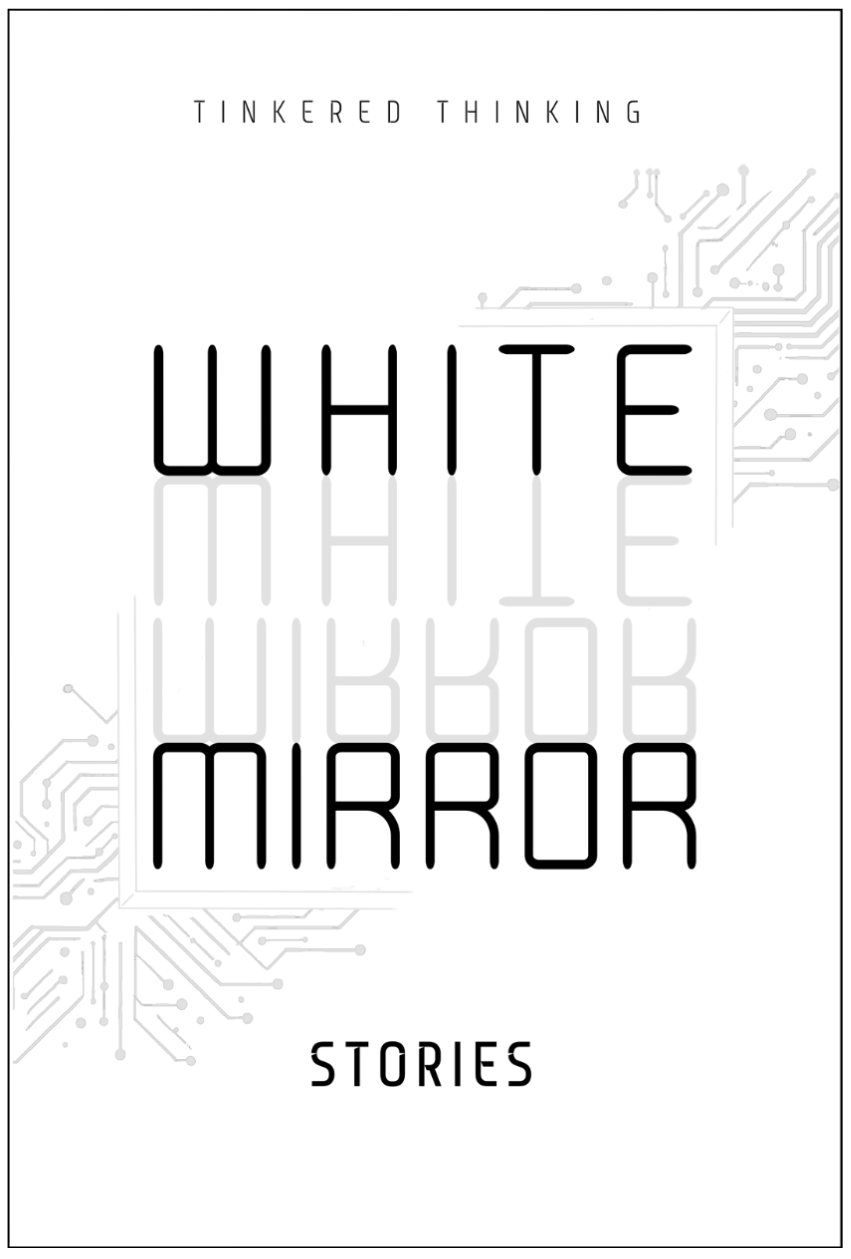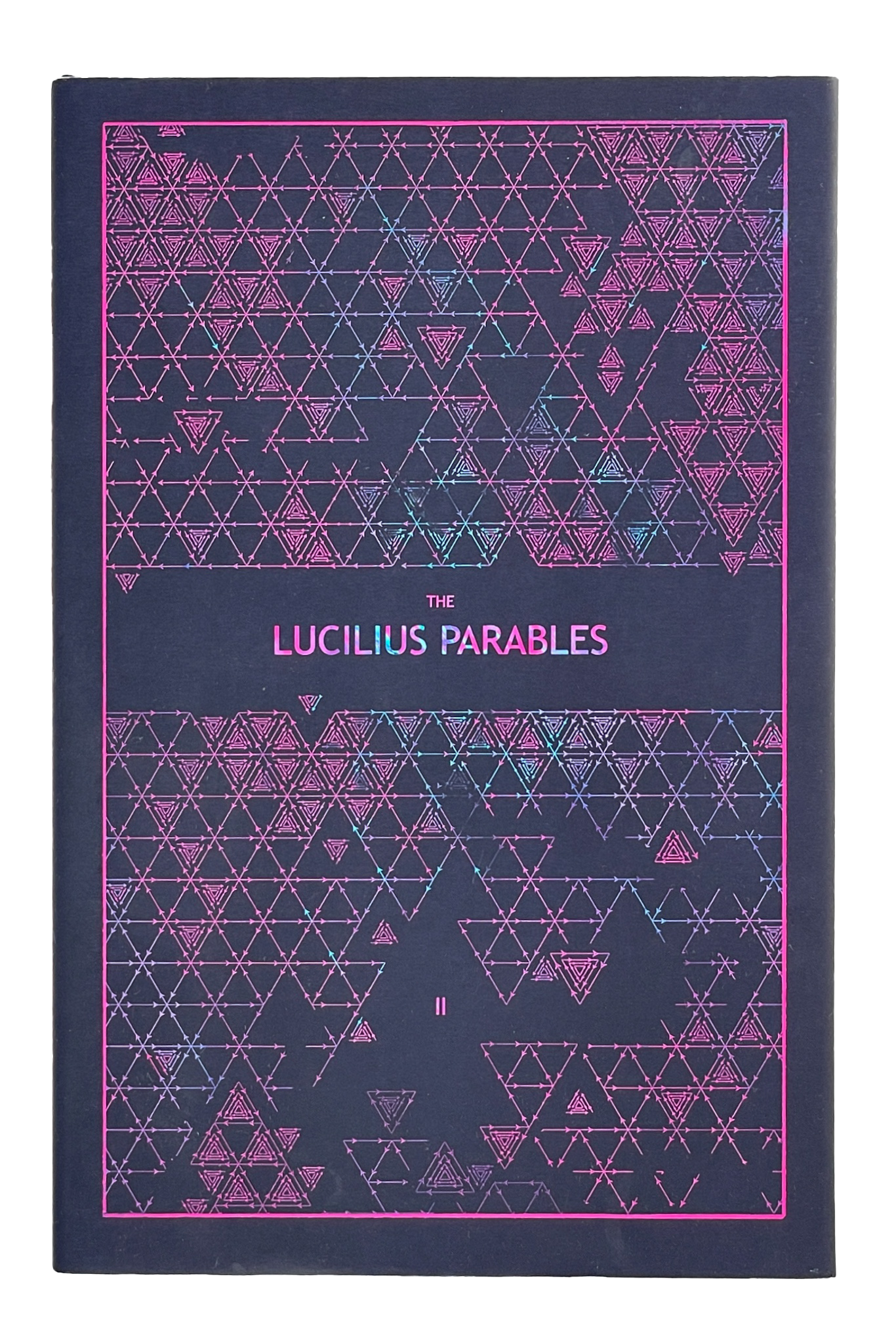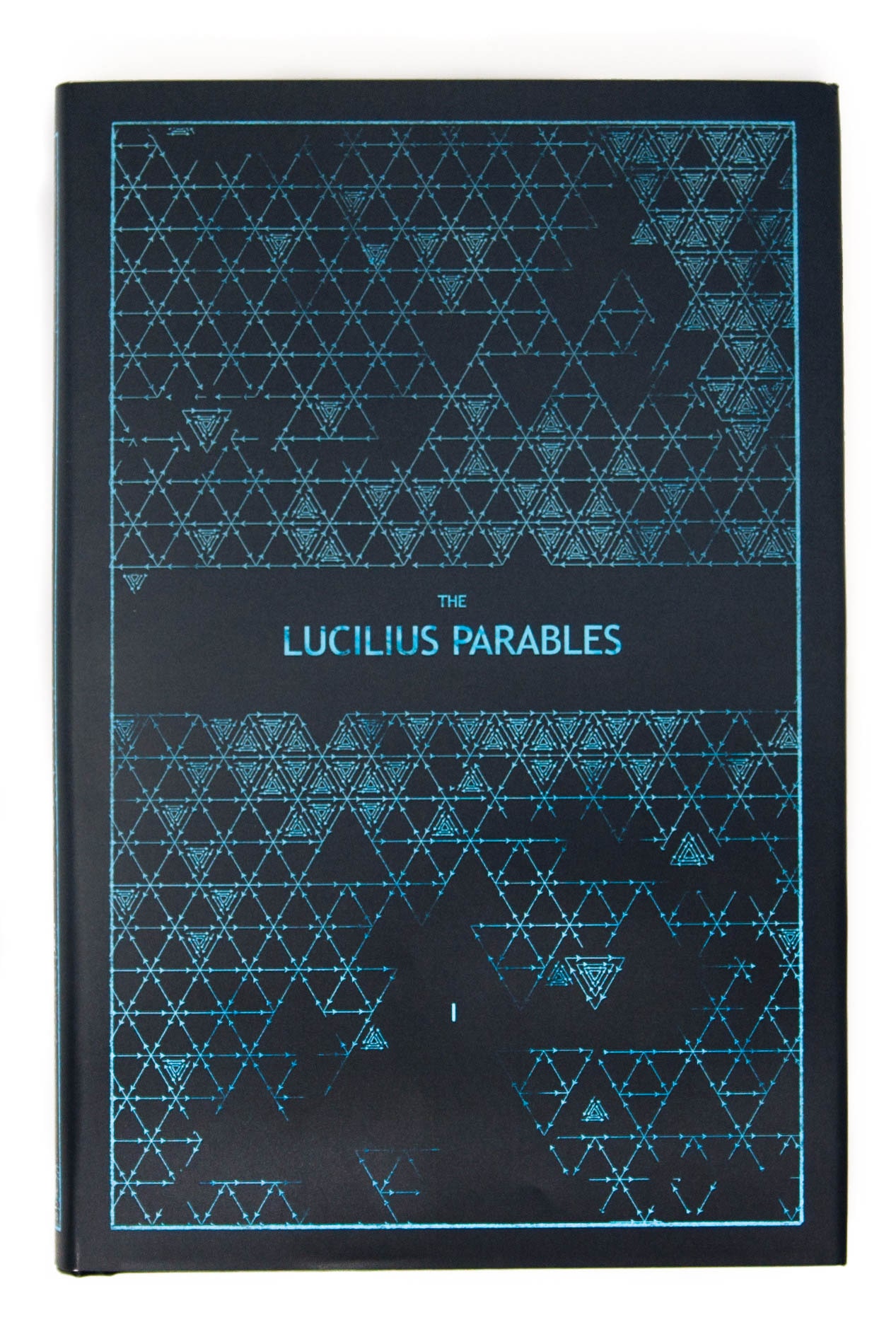Daily, snackable writings to spur changes in thinking.
Building a blueprint for a better brain by tinkering with the code.
subscribe
rss Feeds
SPIN CHESS
A Chess app from Tinkered Thinking featuring a variant of chess that bridges all skill levels!
REPAUSE
A meditation app is forthcoming. Stay Tuned.
EDGE OF ABILITY
October 20th, 2020
Massive projects are daunting to start. To overcome that ominous veil cast about the future, the trick is to chip off a real small piece that’s manageable and deal with just that piece. Once the ball is rolling, that’s when real motivation actually shows up: The emotion of motivation arises from the motion of action. Picking that action is the real trick to both motivation and taking on Goliath-sized projects.
But how exactly do we pick which spot to start with? The answer to this question doesn’t just apply to the first bite of the mammoth apple of achievement, it’s also part of the answer to which step should be the next step, for each and every step after that.
The first qualification for choosing a spot to start or a spot to continue is knowing with absolute certitude that it’s possible. We might feel this is the case for the whole project, but the question of scope is important here.
It must also be small enough that the task can fall within the unit of effort that we have at our human disposal. A huge project cannot be accomplished in one fell swoop. It must be taken down in tiny pieces, as when chopping down an enormous trees: it’s simply ridiculous that one epic swing is going to bring it down.
After these two qualifications, it’s a matter of what we know we can do and what we don’t yet know how to do.
For everything that is bite-sized in terms of our available effort, and it falls under the category of things we know how to do: these items are the low-hanging fruit that’s best to go at first. If any of them are also fun, then go for those covered in icing.
After that, the next in line are those items we’re not totally sure how to do, and so on until we have thing we know are possible but which we have no idea how to pull off.
What occurs as we move from the low-hanging-icing-caked items toward those things we’re not so sure how to do is that the network of tiny accomplishments - even with things we know how to do - builds it’s own knowledge. This network gains like an army surrounding an enemy. Our progress on a project doesn’t need to barrel headlong into an area that is nothing but a blank question mark. Our progress can work around it, and by enveloping it, the shape of that problem refines, winnows and through this process the true form of the issue emerges, which often, ultimately betrays some trick, idea, revelation or familiar component that acts like the thin edge of the wedge used to crack conundrum wide open and solve it.
This organic, growing entity of progress on a project is perhaps best phrased as the edge of ability. By starting with what is well within one’s ability, we move out to find that edge, and it advances like a heavy ax swung into the tree trunk: the blade’s edge makes progress not just because it’s sharp, but because of how much solid weight is behind it and adding to it’s inertia. The same goes for our ability to achieve something large in small pieces. The components of success gain inertia as we fashion each and join them into a robust foundation, a network which can then be used to overtake the unknown.
-compressed.jpg)





